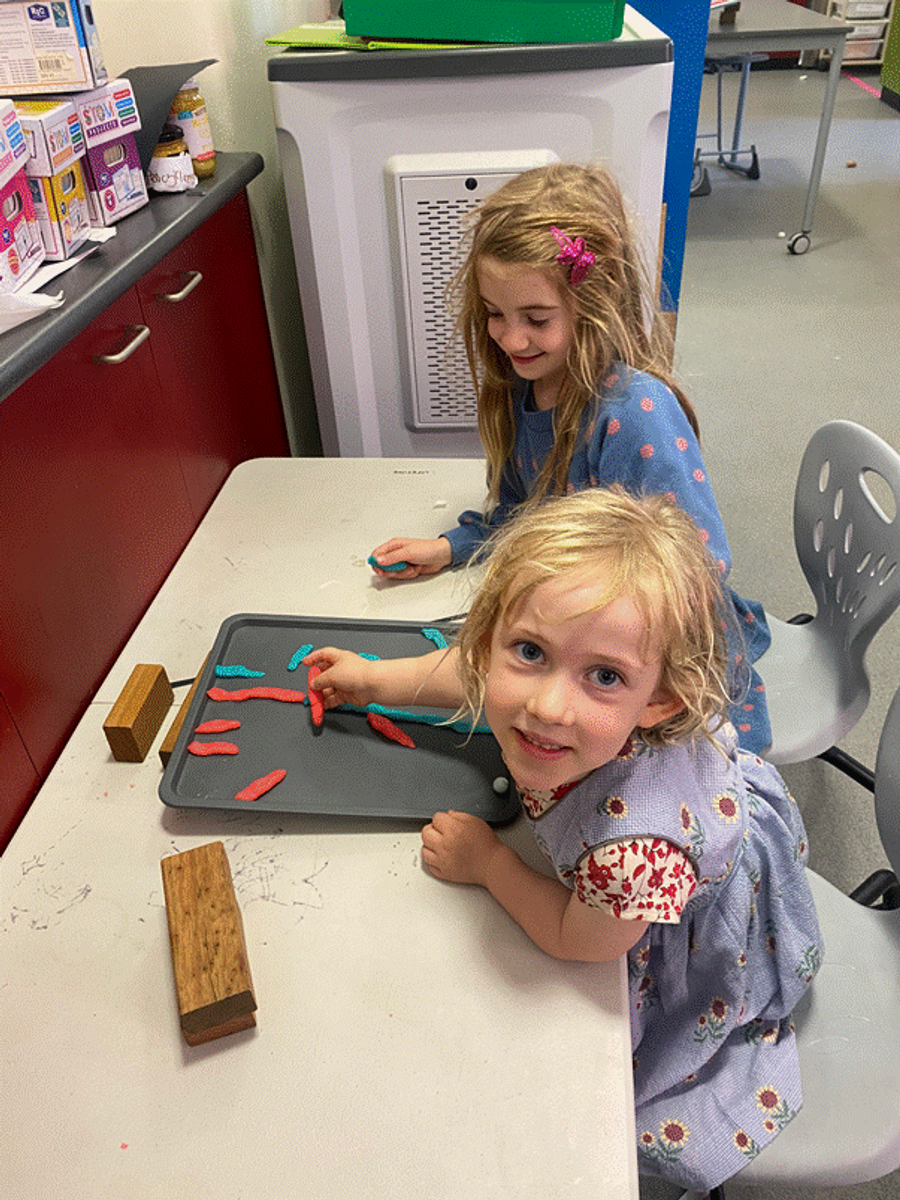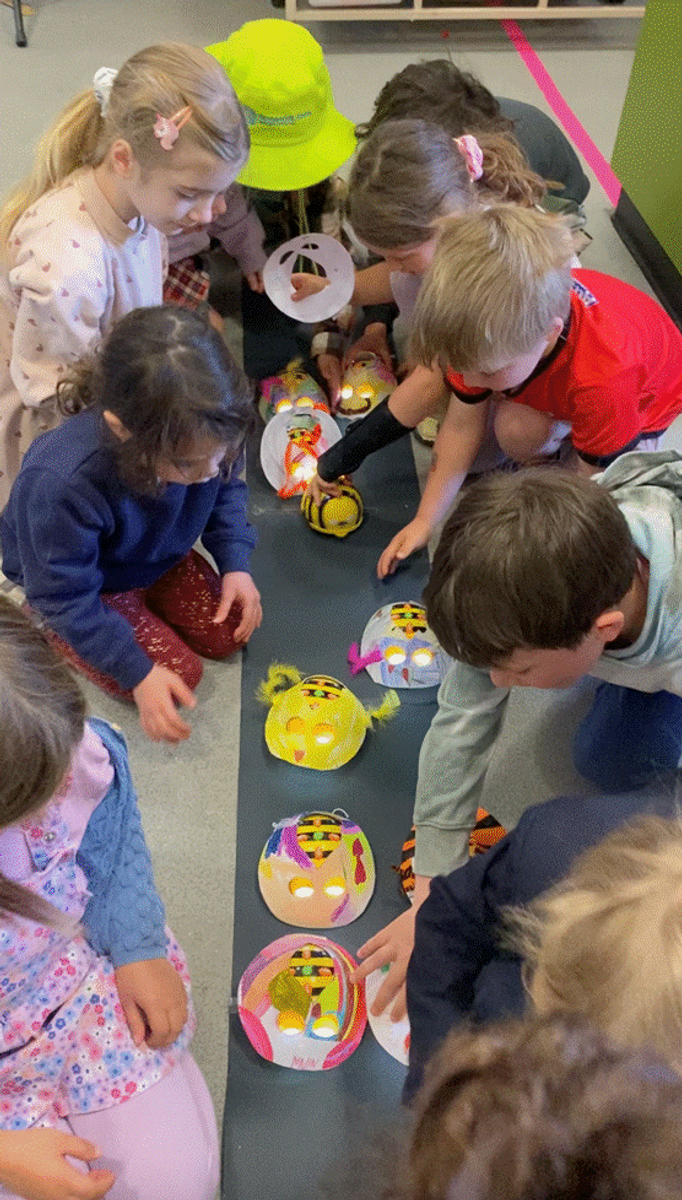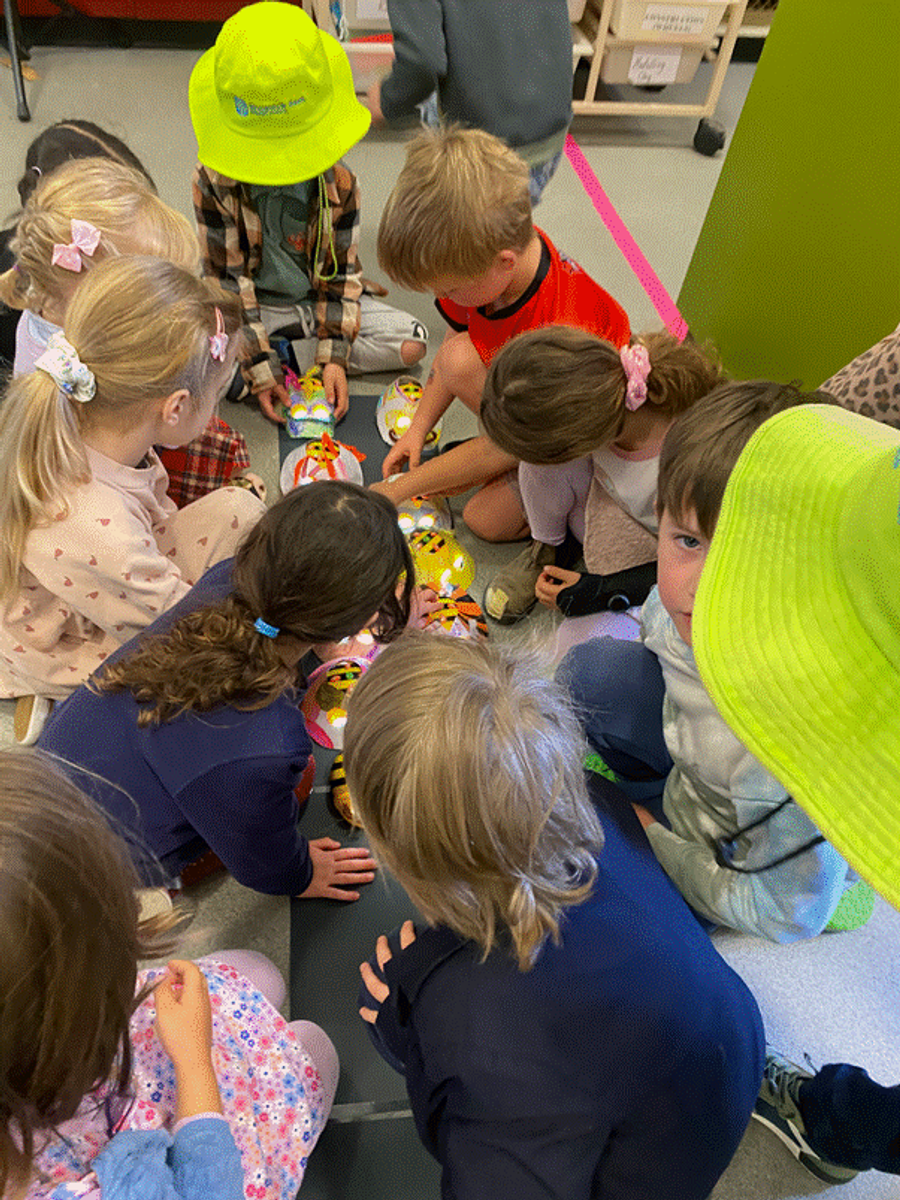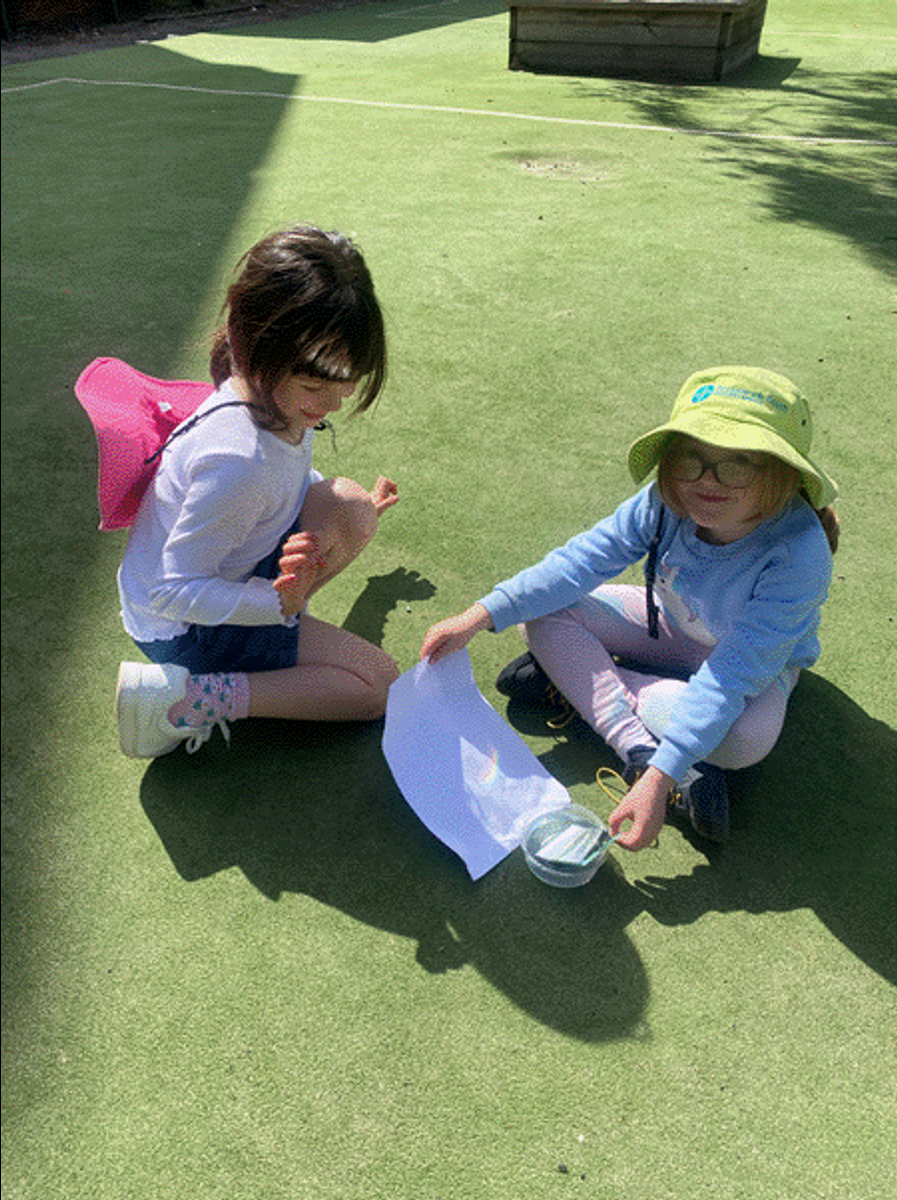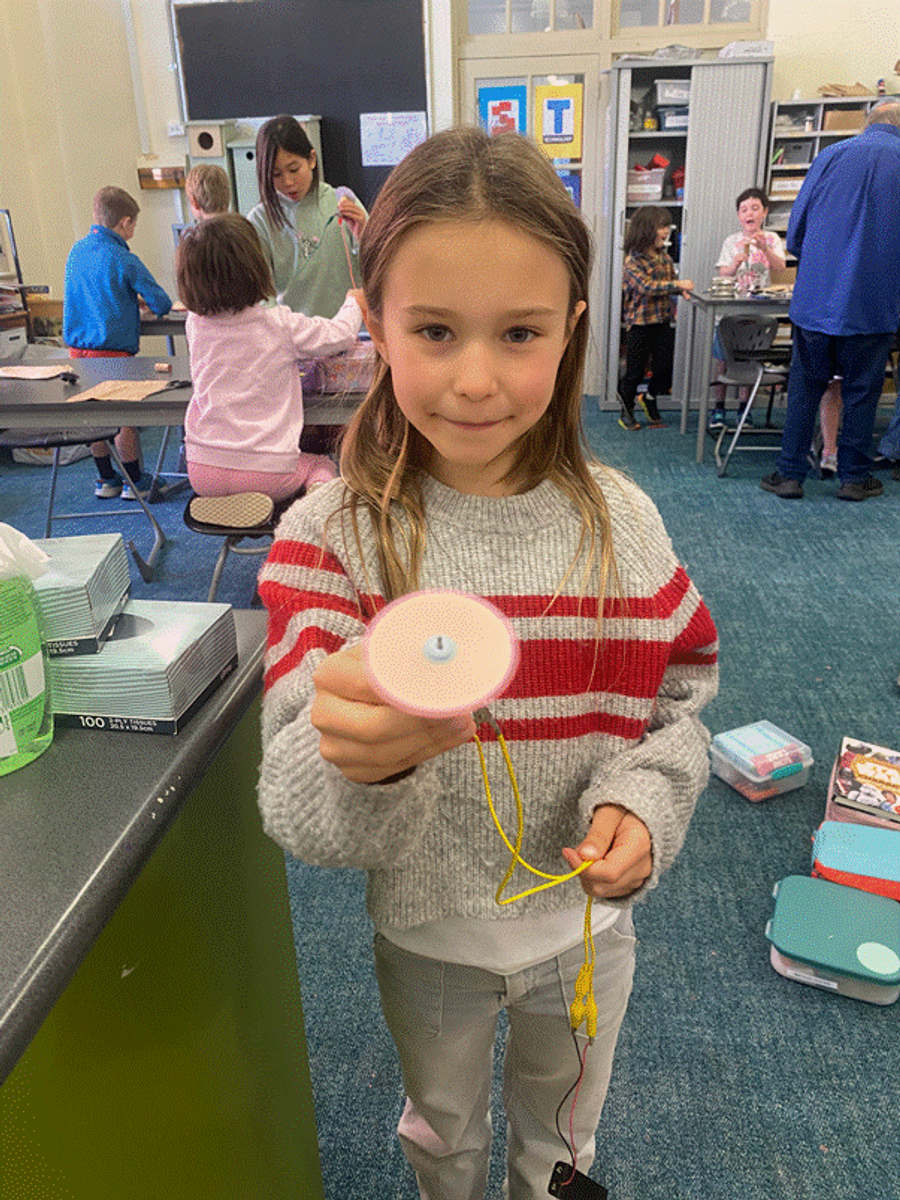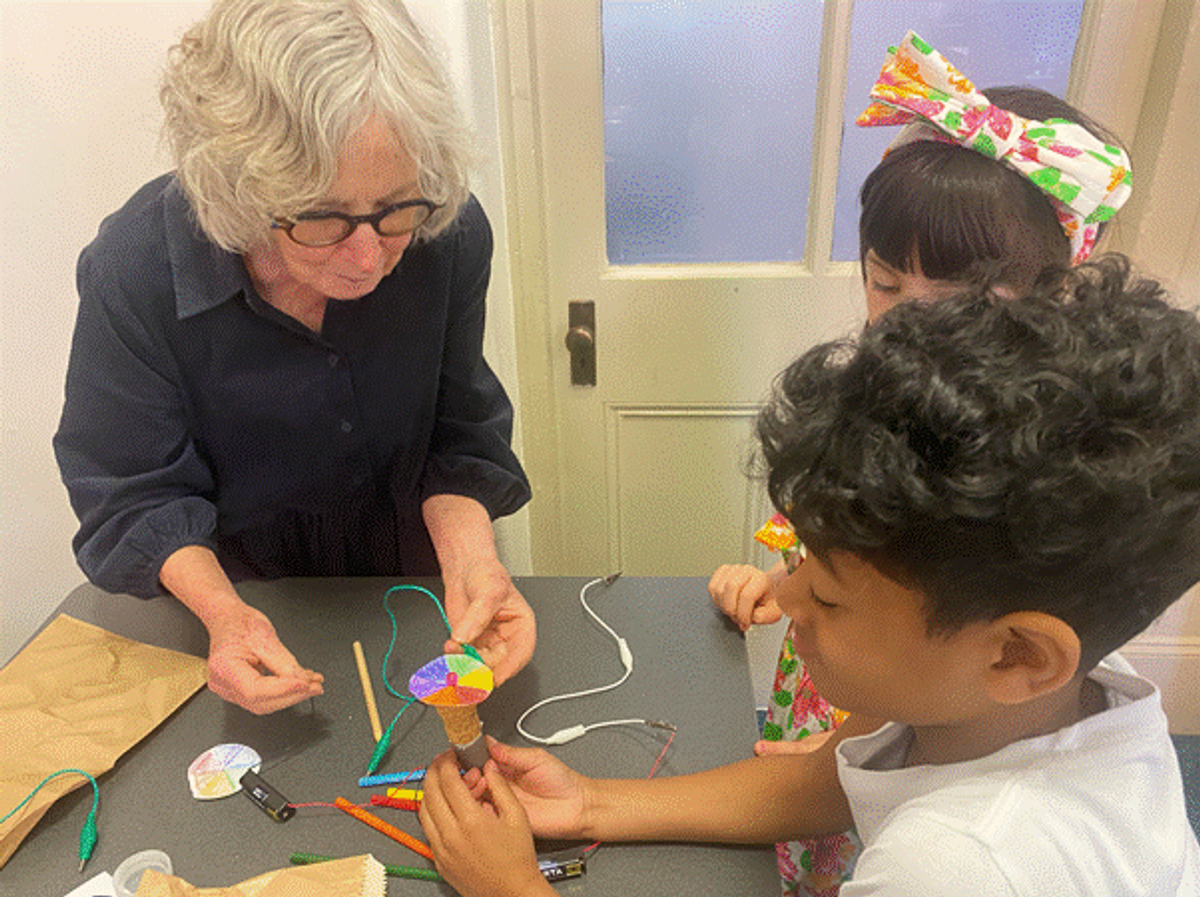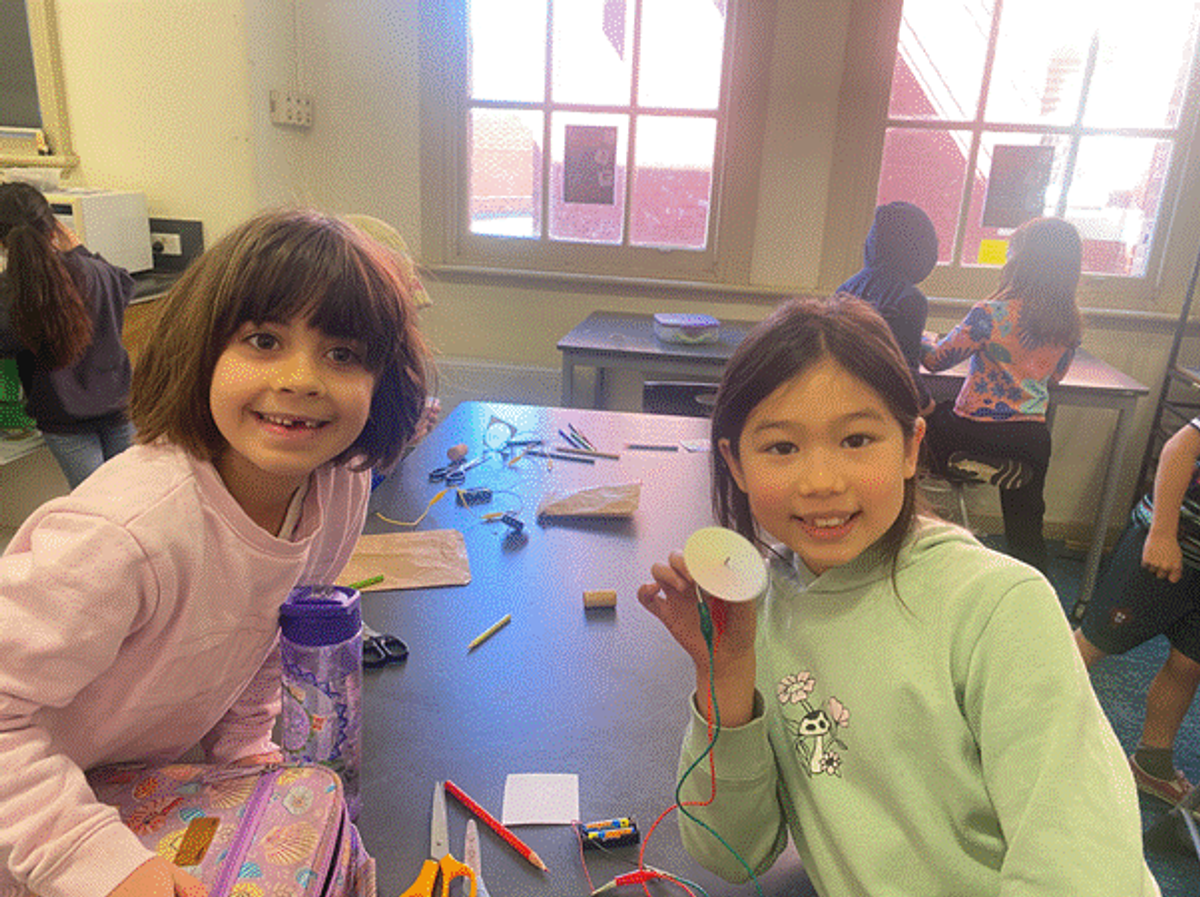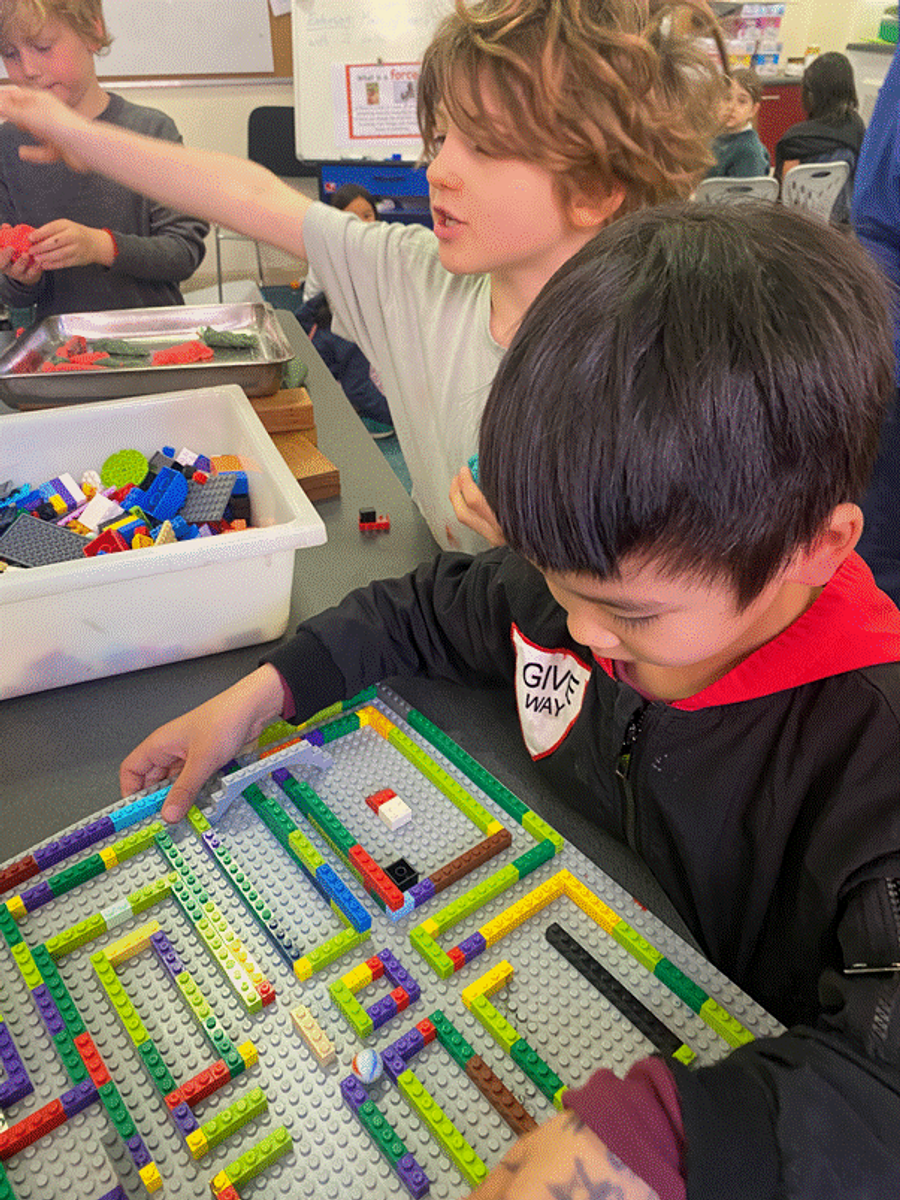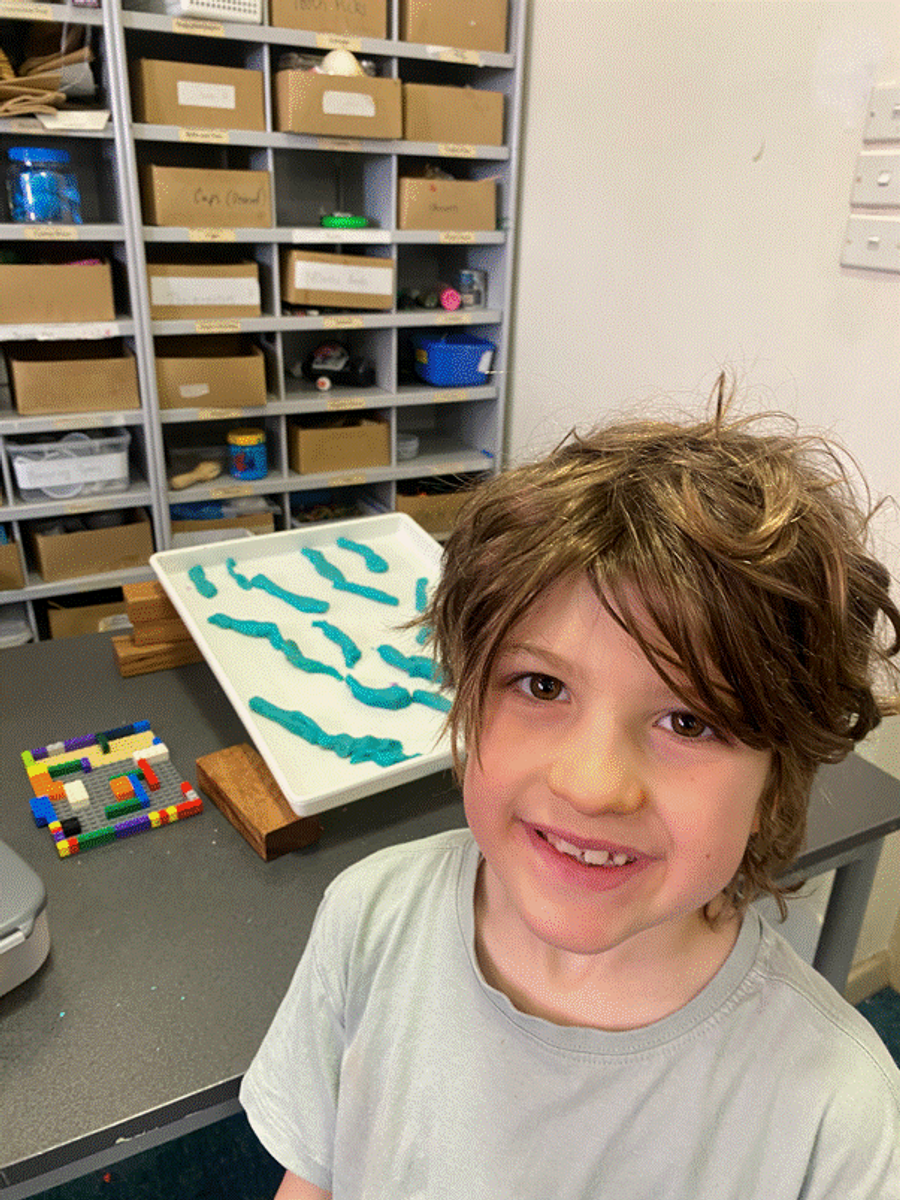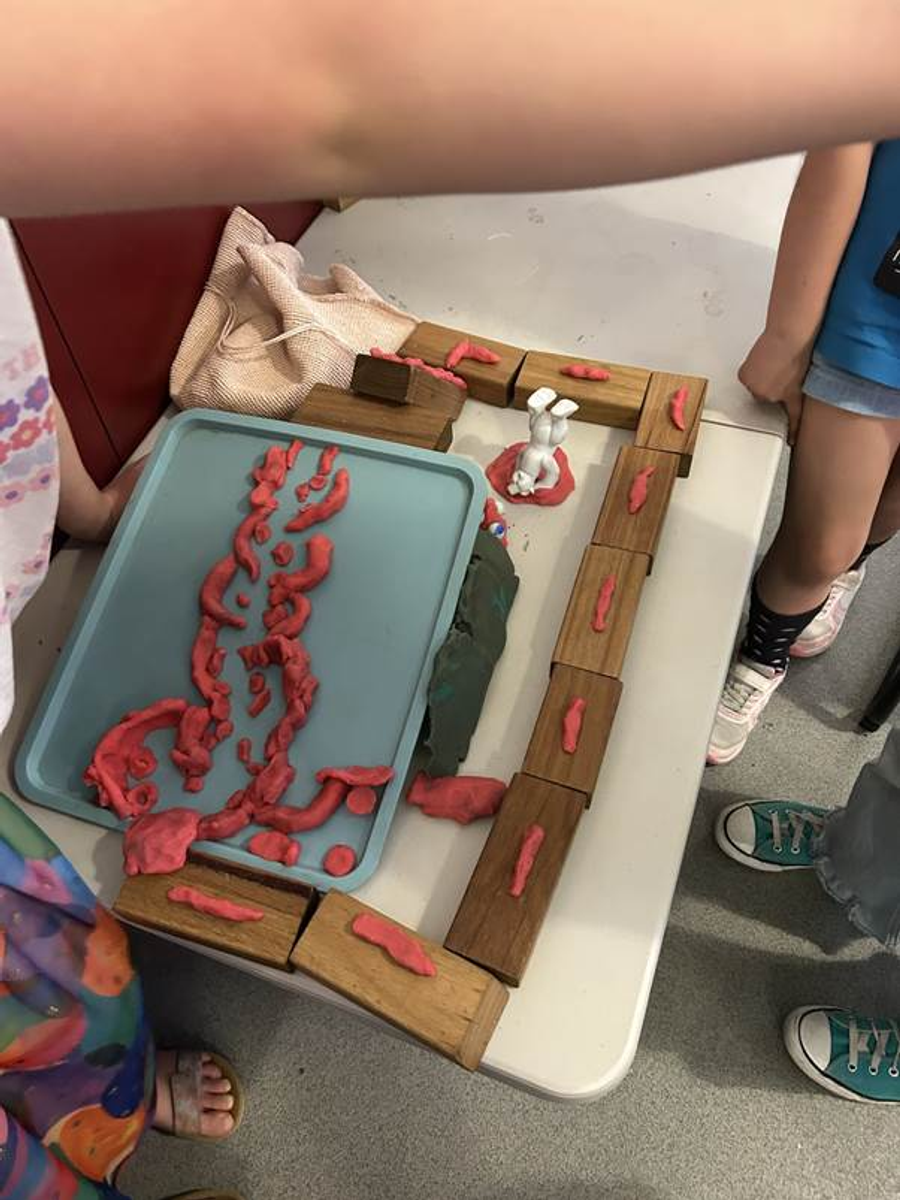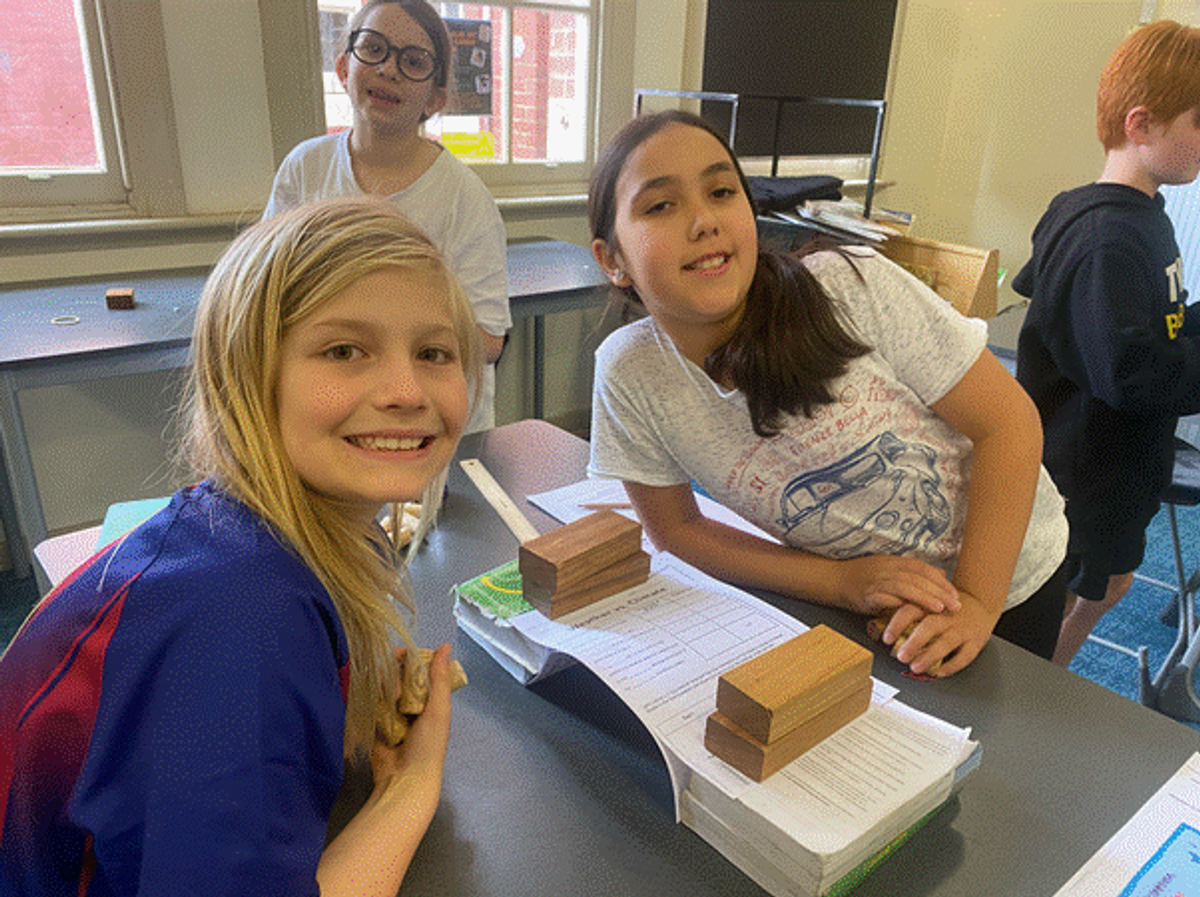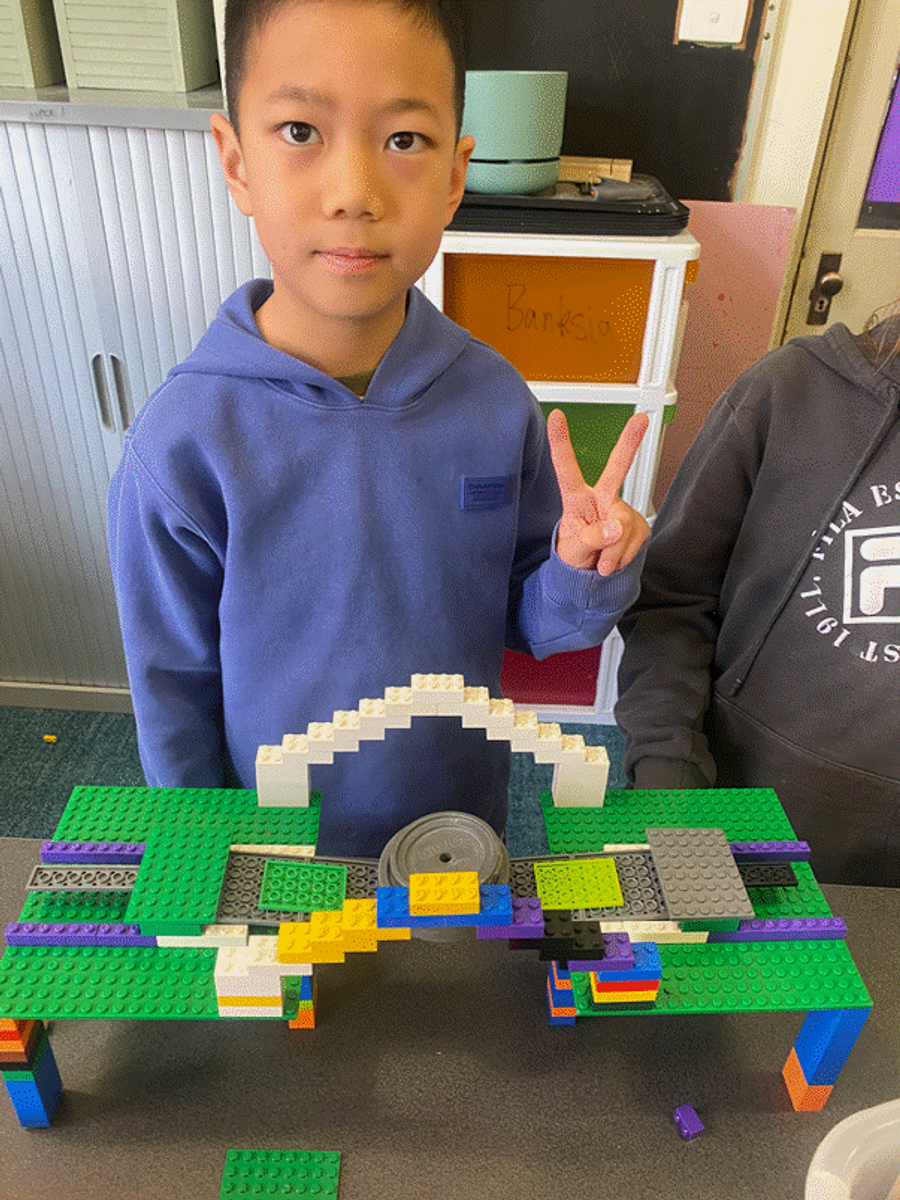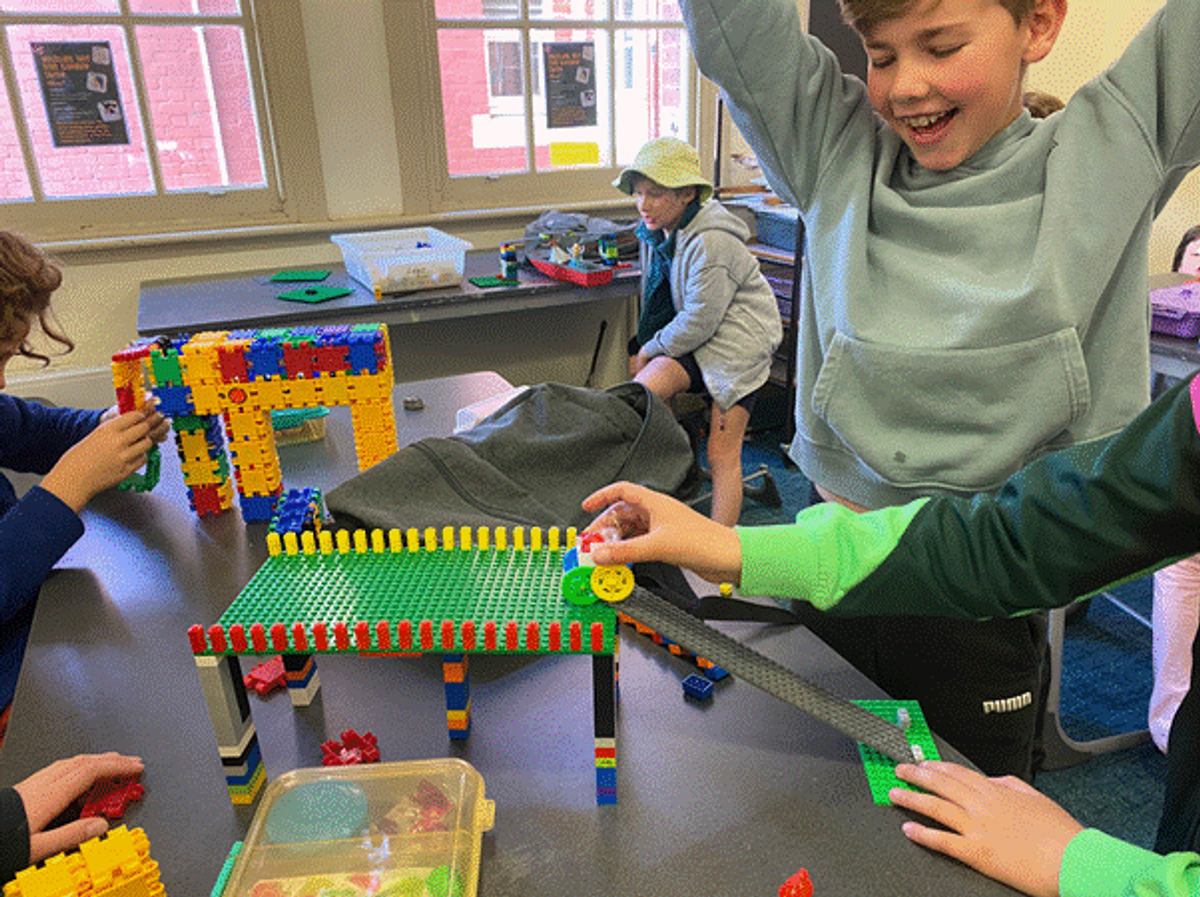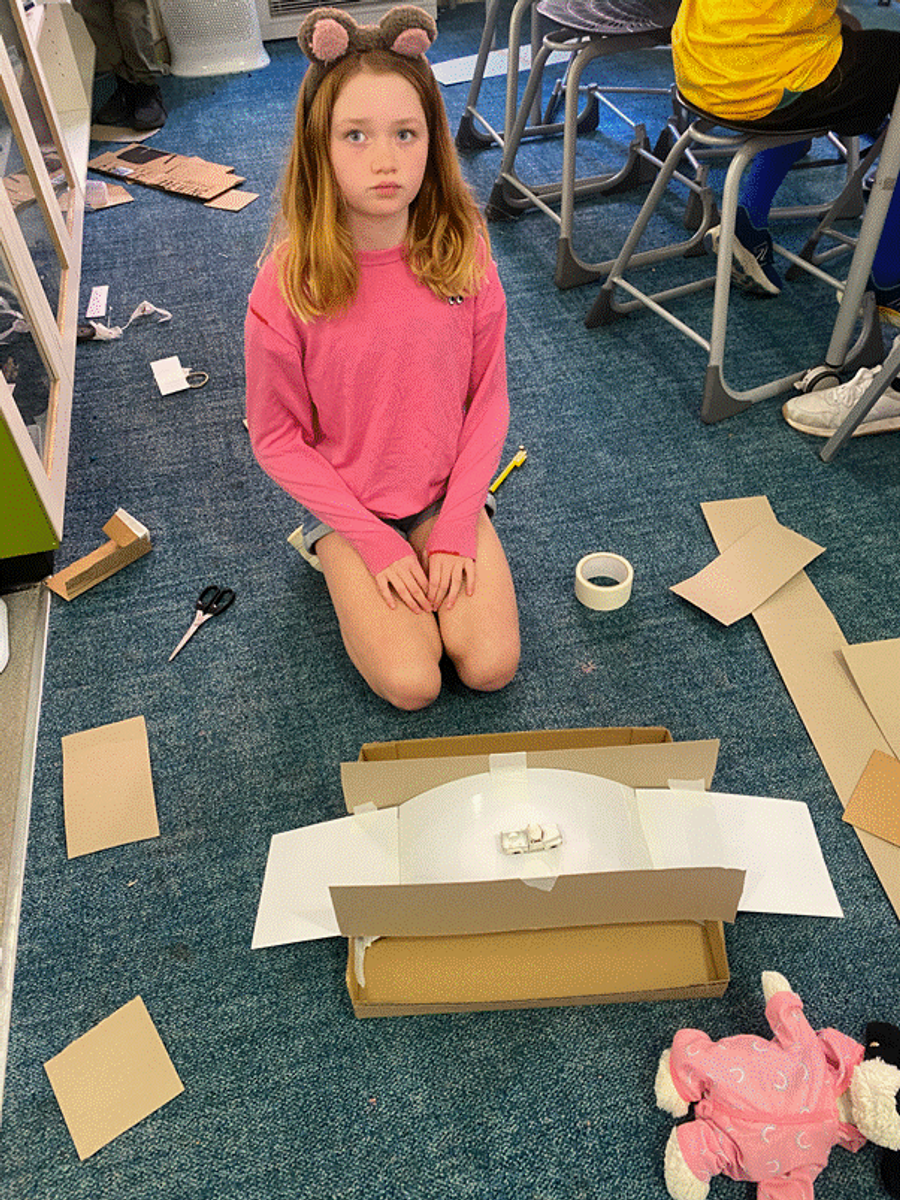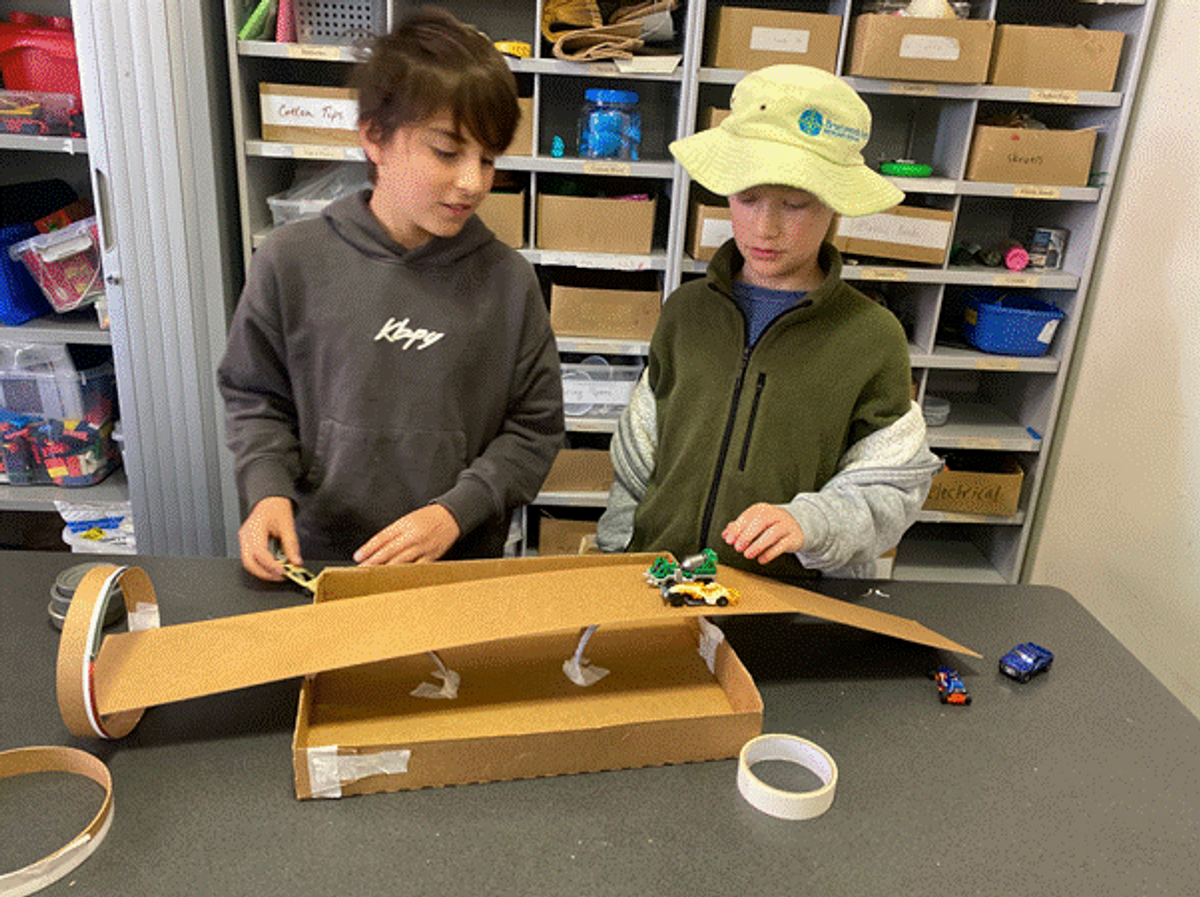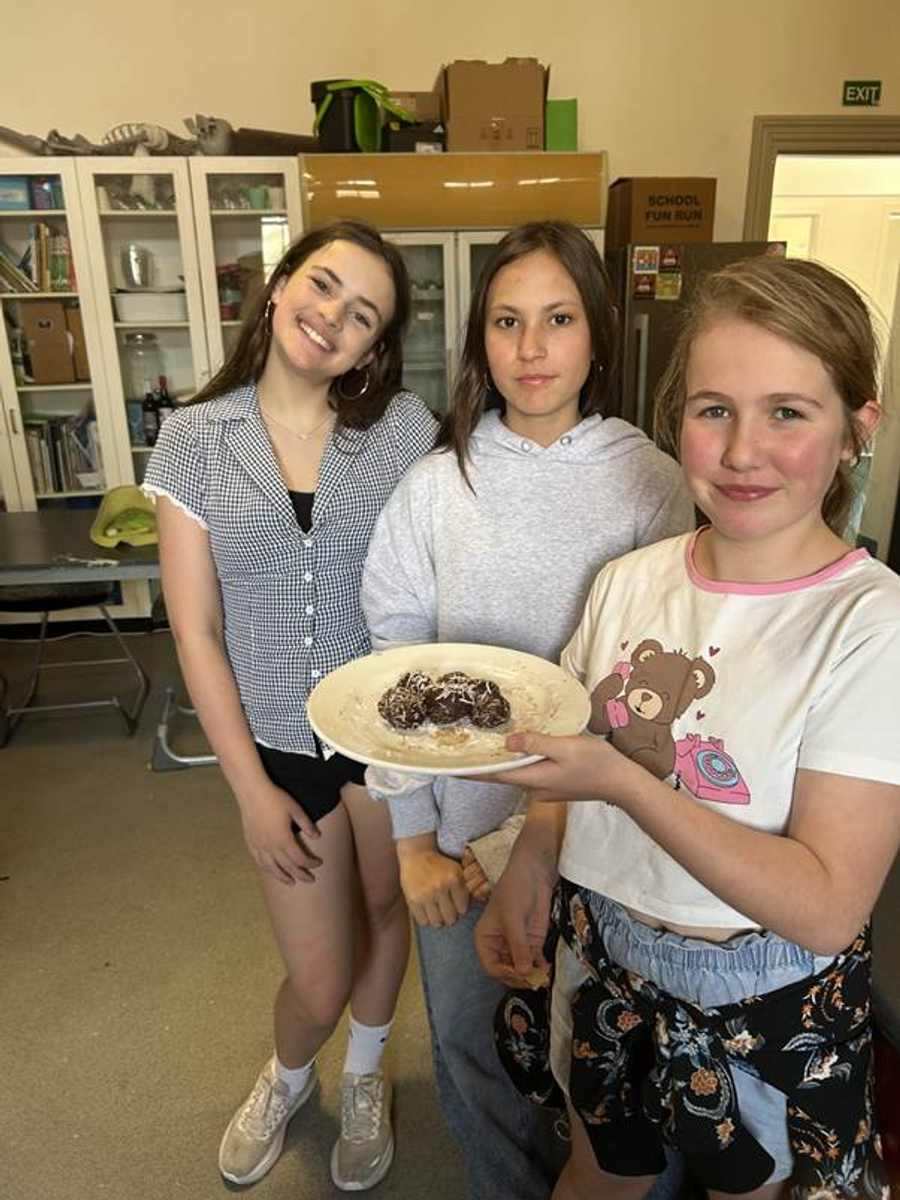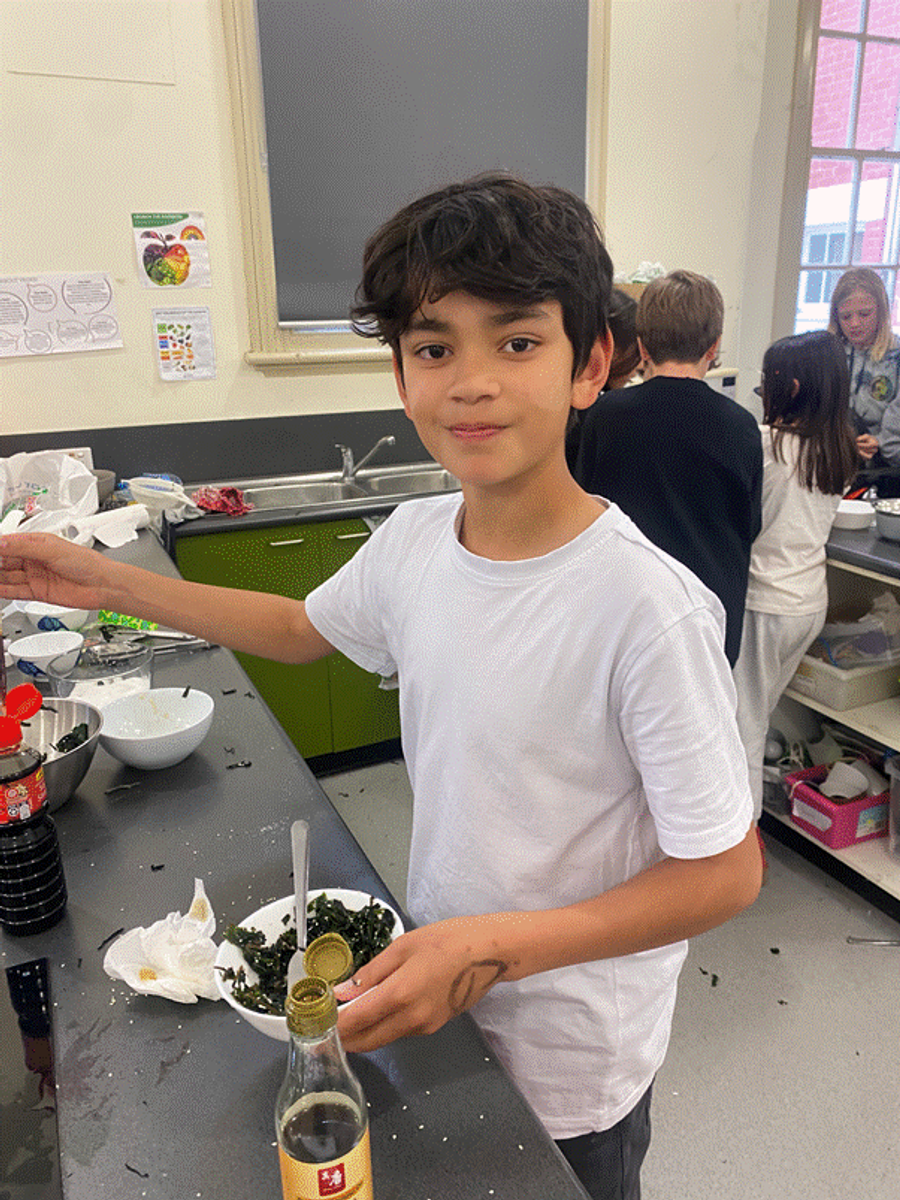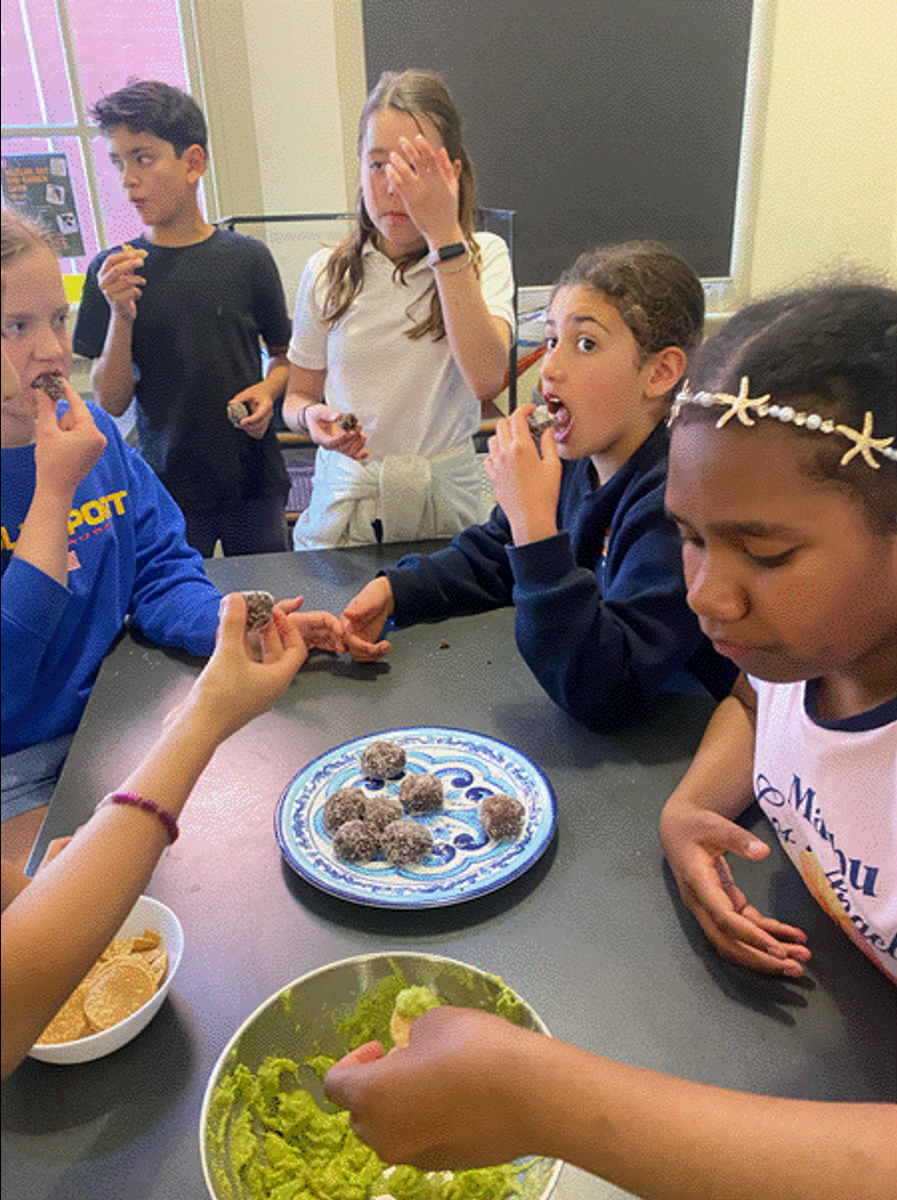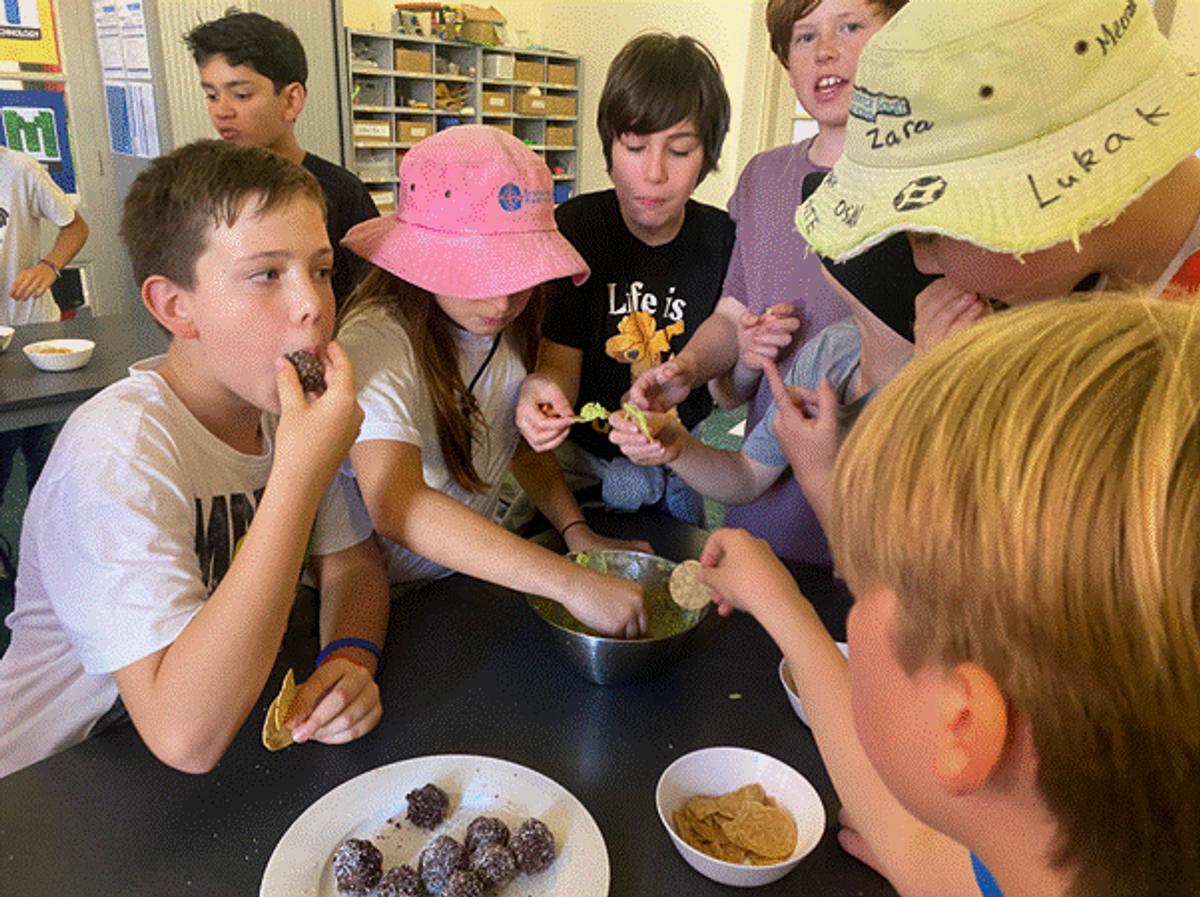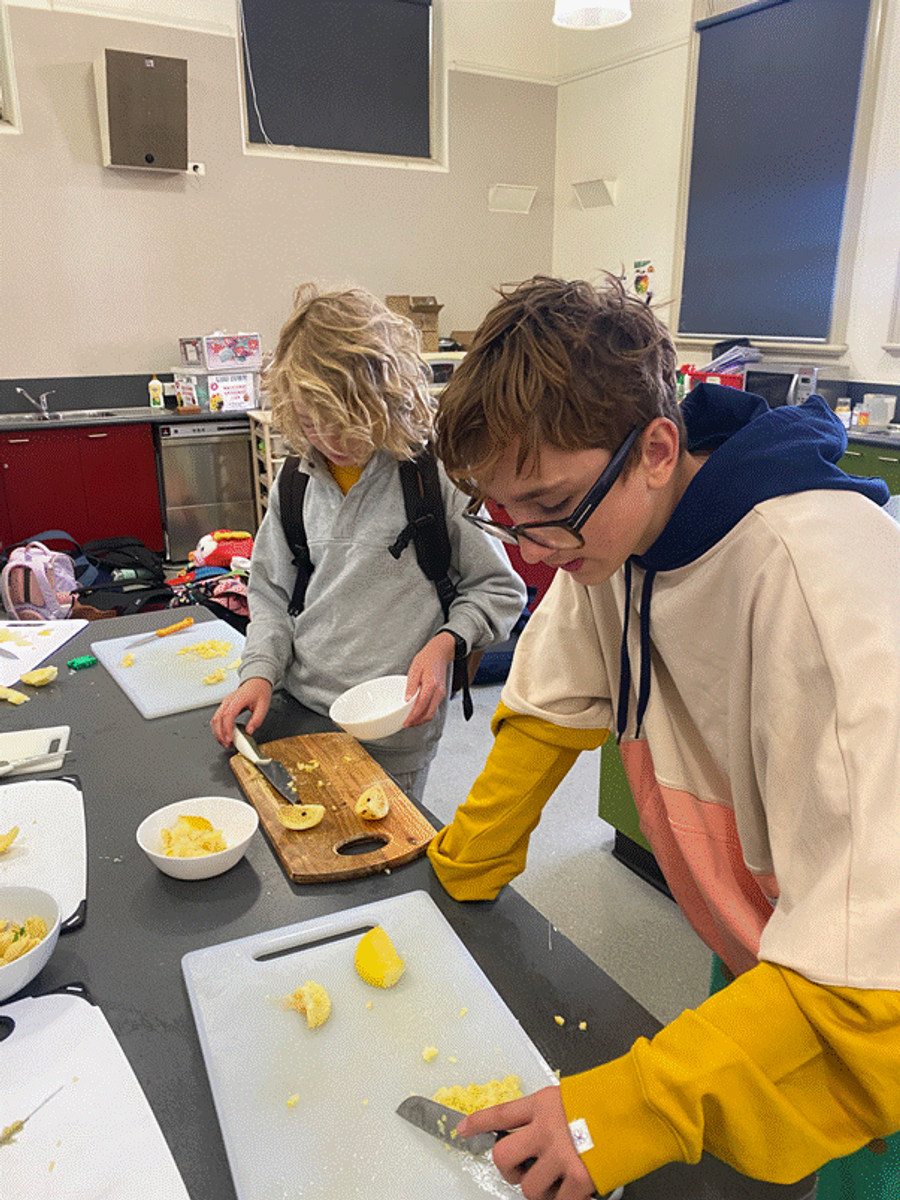STEM
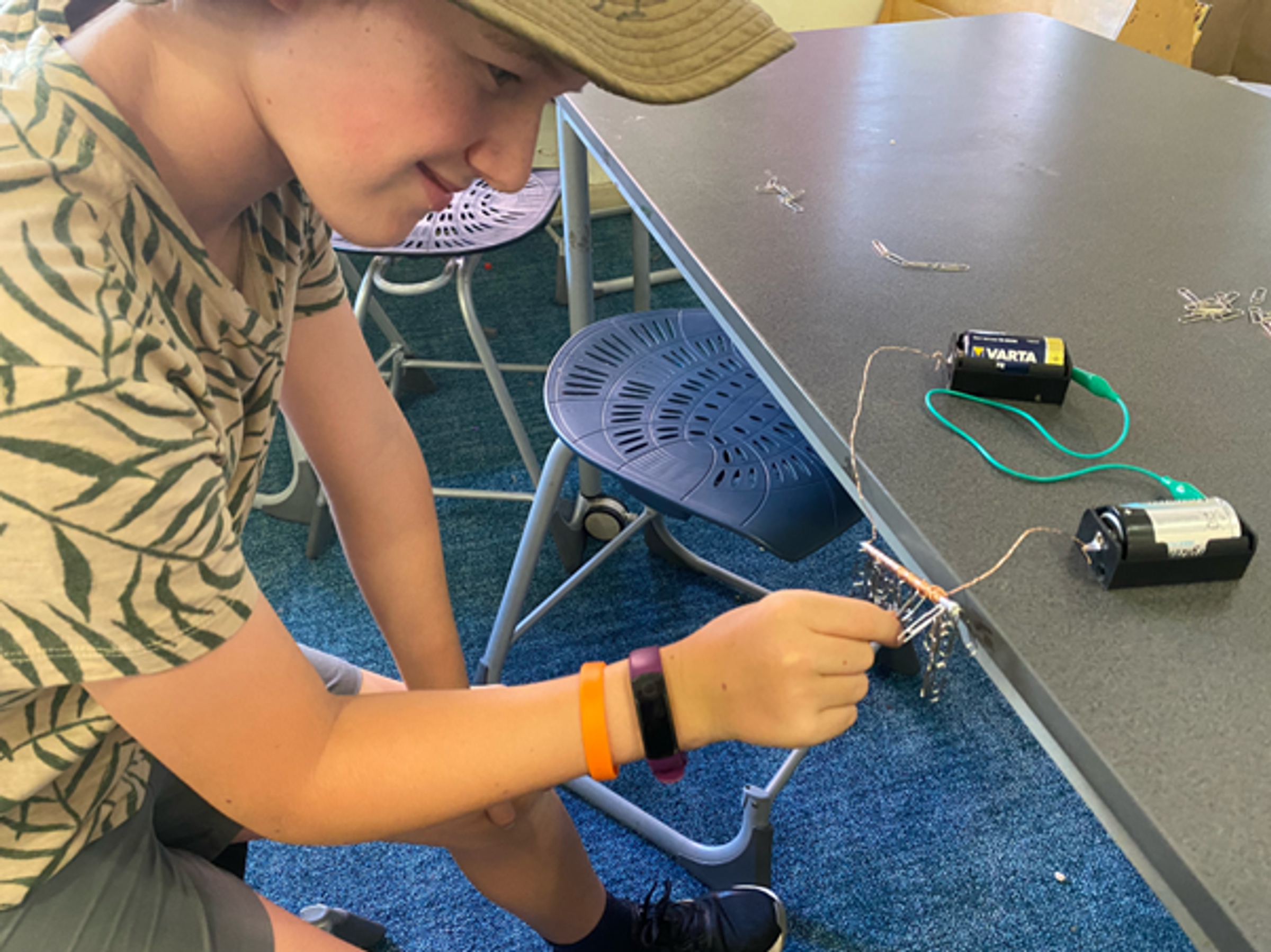
Foundation
The Foundation students began the term with the much-anticipated Bee-Bot Parade! Each student designed and created a costume for their Bee-Bot, then programmed it to move in formation along a long paper road. The parade marked the conclusion of their learning about beginner programming and directional language.
This term, students are turning their attention to movement and forces, discovering that a force is a push or a pull on an object. Through hands-on experiments, they are exploring the different ways objects can be moved. They have launched rockets using air pressure (their breath!) and built marble runs from Lego and playdough, observing how the force of gravity carries the marble from start to finish.
Year 1/2
The Year 1/2 students began the term by exploring the science of rainbows and how different colours are formed when white light interacts with water droplets. Using prisms and mirrors in water, they experimented with refracting sunlight to create their own rainbows. They then reversed the process using Newton’s disk — a colourful spinning wheel attached to small motors — to demonstrate how white light is made up of all the colours of the rainbow.
For the remainder of the term, the students will focus on the design process, learning that designers create products to meet specific needs. The unit began with hands-on problem solving, where students used trial and error to test and improve their creations. They designed marble runs using Lego or playdough and made adjustments to remove obstacles so their marbles could successfully reach the end of the course without help.
Year 3/4
This term, the Year 3/4 students are investigating the engineering behind bridges and tunnels. They are designing and constructing bridges that incorporate complex engineering features such as trusses, arches, and suspension systems. Using a variety of materials — including blocks, cardboard, tubes, Lego, and paper — students are testing their bridges for both accessibility and strength, measuring how well they can support ‘concentrated’ and ‘distributed’ loads.
Later in the term, students will turn their attention underground, designing and building tunnels for a Sphero ball to travel through. Their learning will culminate in an exploration of Melbourne’s new Metro Tunnel network, just in time for its grand opening in December.
Year 5/6
Last week, our Year 5/6 students wrapped up their Food Technology unit with a delicious and nutritious Superfoods Feast! They explored a variety of nutrient-dense foods, preparing dishes such as Cricket and Nut Powerballs, Pea Dip, and Guacamole.
Throughout the unit, students discovered that the term ‘superfood’ refers to foods packed with essential nutrients. They also reflected on sustainability, discussing which nutrient-rich foods are better for the planet—like insect protein and kelp—and which can have a heavier environmental footprint, such as avocados, whose overfarming presents ecological challenges.
In addition to exploring superfoods, the students learned about food preservation techniques to reduce waste, preserving lemons with salt and spices. They also crafted a homemade sports drink containing potassium and sodium to learn about how these nutrients support exercise recovery and hydration.
A huge thank you to all Year 5/6 students for your curiosity, open minds, and positive attitudes throughout the unit. You made teaching this topic an absolute joy, and I was incredibly impressed by your skills and confidence in the kitchen!
